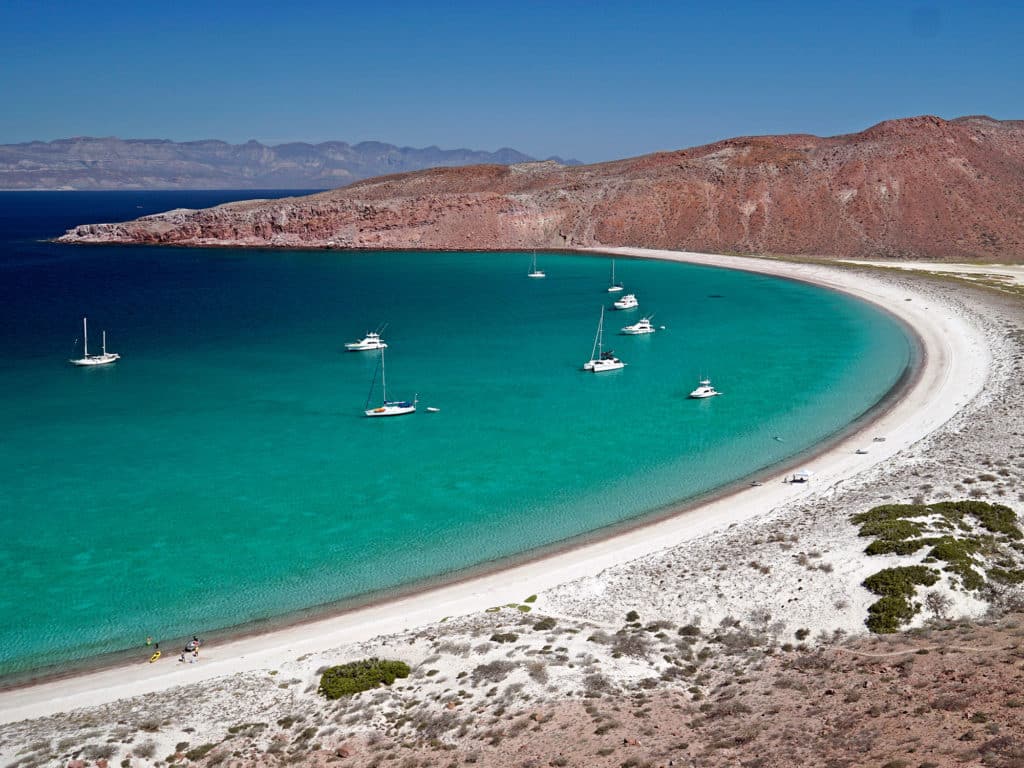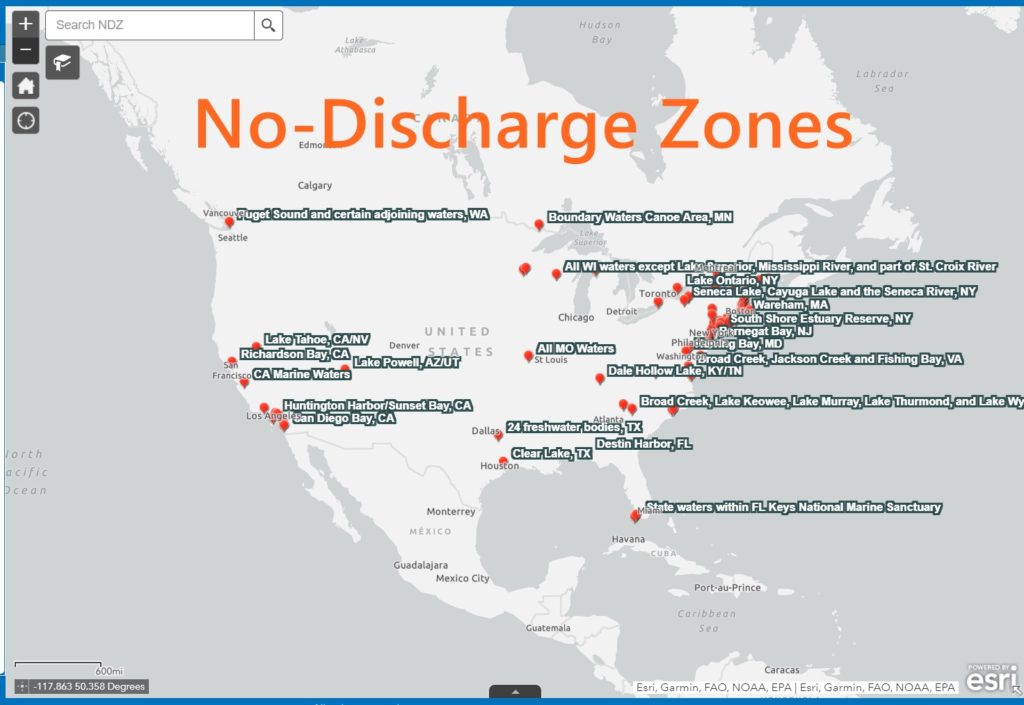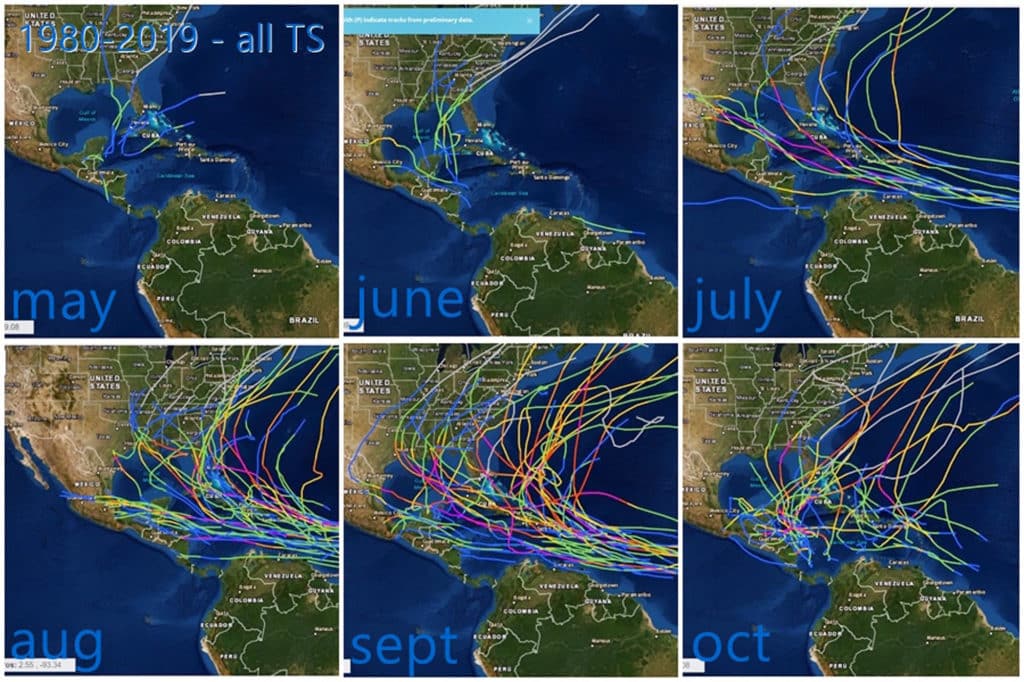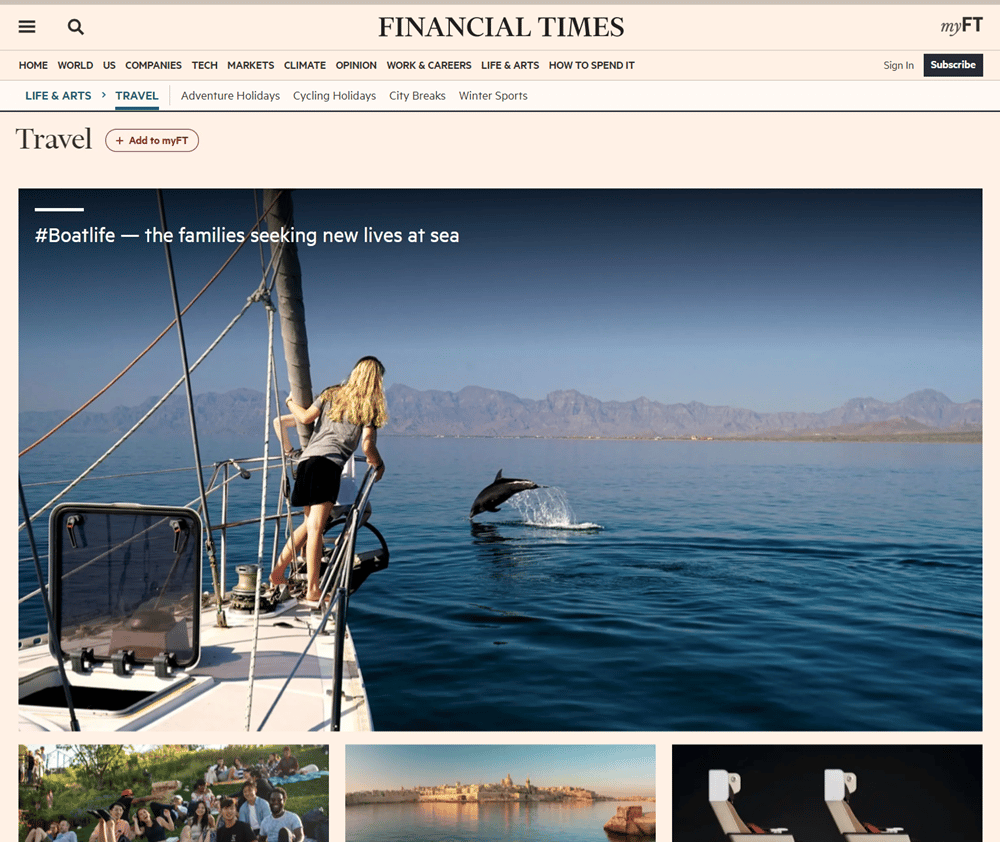
Of the many hats cruisers must wear, one is sanitation engineer—we often talk sh*t. At least we’re a mature enough bunch to enjoy a nice sunset while diving deep into the details of a clogged holding tank or failed macerator pump. When nature calls, a tutorial on best practices with the sundowner host boat’s toilet is assumed—even if it’s a new model WonderPooper 2000. Where does the toilet paper go (or not go)? Is it a wet or dry bowl flush?
“Welcome aboard, let me demonstrate how the toilet works!” Not the usual welcome when visiting a home on land, and not far from the truth afloat. And STILL it can be problematic; an experienced cruiser left one of our heads pumping to overflow, literally running crap through the main cabin, during sundowners on Totem in Madagascar.
Marine toilets are…special. They even get a different name: the head. Their use, maintenance, and problems are different than land heads, I mean toilets. The unpleasant business of dealing with them when things aren’t flowing is a leveler among most cruising boats.
Just like bears poop in the woods, and cruisers poop in the ocean. Part of Cruising and Pooping 101 is acknowledging the unpleasant truth that almost all of us are putting blackwater overboard. Yes, blackwater is the euphemism for the stuff that’s going down the toilet. Pumpout services are easy to find in some countries, we’re sure—we just haven’t cruised through many of them. Or any of them? Outside of the USA, I cannot think of any country where we had easy and dependable access to a holding tank pumpout. The classic situation was regulation in Australia requiring use of a pumpout facility, and then having exactly ONE available along thousands of miles of Queensland coastline.
Dealing with Poop
This means, of course, like so much in cruising—ya gotta deal with sh*t on your own. Here on the Pacific side of Mexico, we can think of only a few pumpout stations along these few thousand miles of coastline—and big gaps between them. Nobody has a holding tank big enough for the gaps! What do you do? The same thing as in just about every other country we’ve cruised: do what you have to. Don’t be gross. Be as respectful as you can to neighbors, and the public swimming pool you float in, and source of watermaker water lapping against your head’s seacock.
Laws Governing the Poop
In the USA, the general EPA rule is that it’s illegal for recreational boats to discharge raw or insufficiently treated sewage within three miles from shore, with a startling number of stricter and no-discharge zones. Using that distance as a rule of thumb, it seems like the burden of putting a few miles between yourself and shore to empty a holding tank isn’t a big deal. And most of the time—it’s not.
Why do these rules matter—it’s just organic stuff, right? Don’t fish eat poop?
Well, sewage in water makes it icky not for the obvious reasons, but because it increases nutrient levels, alters pH, and can affect oxygen levels. So there’s a whole host of marine life impacted, not just the irate neighbor who didn’t want to swim by a snickers bar.

Click to access the live map from the EPA.
Holding Tanks
Considering travel distance to where you can courteously pump out assumes the boat has a holding tank, of course. And while a lot of boats do, many don’t. They may have been built when it wasn’t required. They may have been removed by a prior owner. If this is troubling, forget you just read the last two sentences—and try not to think about it when swimming in an anchorage. Hopefully, it’s not a big deal to monitor a holding tank. But sometimes it is a bit of a bigger deal. If the holding tank gets full (oops!) and there’s no alternative, there might be some nearer-to-shore overboarding taking place. And then those boats without a holding tank…
Composting Heads
How about not putting sewage over the side at all? That’s theoretically a benefit of composting heads. Waste is managed in situ, then disposed of later. They aren’t odor-free (we’ve visited enough boats using this method) but do tend to be less smelly. Cruisers with conventional heads would groan that these simpler beasts with fewer plumbing components to maintain or fail.
The waste does have to be disposed of eventually, and it’s not actually compost made in a composting toilet; that process takes more time. It’s just not “hazardous” waste any more, according to EPA standards. But it is still waste, a step up from a diaper (and the cocktail of other ingredients and plastic involved). Shoreside bathroom facilities, or even a porta potty, are where it should be dumped.
In places like the Florida Keys, where there’s a 12-mile distance required for any sewage overboard from recreational boats, there is ready access on shore to toilet or porta-potty facilities to dump your poop. It’s a fantastic solution for this sensitive marine park and has helped keep waters healthy and beautiful.
Do you think there’s a shoreside porta potty at the anchorage you’ll first hit in French Polynesia? No, and probably not the next few dozen anchorages either. So yes, the boats with composting heads are probably overboarding their poop, too, and somewhat negating the theoretical benefit. Longer-distance cruisers also have to source composting medium, the product added to the tank that the poop sits in to decompose a bit. No problem when Home Depot is in range, or Amazon delivers the shrink-wrapped coir biscuits. But Home Depot? Amazon? This does not describe most of the cruising world we’ve been in! Even in relatively well-connected/supplied Mexico, the calls for help in sourcing medium for a composting head crop up often enough in the community. Foraged solutions for the medium are prone to be buggy…no thanks.
Another way to treat sewage on board is with a product called Lectrasan. It’s a small tank that uses chlorine and electricity to zap the bacteria and make it passable by EPA standards to send directly overboard (but still not OK for use in no-discharge areas, because—they discharge). It’s probably a great option for liveaboards who have access to consumables / repair services / replacements, but got mixed reviews from long-term cruisers (in discussion during sundowners of course).
From Manual to Electric: The Poop on Totem
We have two heads. When we bought Totem, one was an electric Vacuflush that pumped into a holding tank. The other, a Jabsco manual pump model pumped overboard and leaked worse than Jamie’s first boat. At the time we subscribed to the belief that manual was better (less to break/repair). But it turned out that our younger children didn’t have the muscle to pump out the manual toilet. Calls for “can you flush my doo doo?” got old, fast! We decided that the electric toilet would stay; the macerator switch is labeled Entertainment Center on our electrical panel. The other toilet was replaced with a manual Lavac, and routed overboard—when allowed, of course. The combination has worked well for us in a few ways. A holding tank to, well, hold The Goods until there’s an appropriate time/place to pump over, and a direct-over for when that’s not necessary. And because every cruiser seems to have plumbing issues—having a second head means the inevitable backup isn’t a bucket.
If you followed our social media posts while refitting in 2019, you’ll remember one of our favorite upgrades was an electric toilet in the aft head—a Tecma Nano ECO model (the thrill of the first flush was a family affair! Cruising, even more exciting than you imagined…). Why did we replace the Lavac? In a word, maintenance. The joker valve and flap valve (which directs the flow of poop) are flimsy and quickly deform from mineral buildup, even with the frequent addition of vinegar. Replacement parts were relatively easy to install, once you scrape away mineral build up and urine/poop residue (good times! Living the dream!), but the parts kit was expensive and only a few of items were needed. And as our kids grew, and built substantial muscle mass enough to pump the manual toilet without assistance, they became so strong as to crack the plastic pump housing. Twice! Oh, and the seawater flush can smell like rotten eggs from decomposing marine critters.
With a year-plus on the Tecma head, we’re really pleased. In fact—with some costly parts nearing end of life on the Vacuflush, we’re planning to replace it with—yes, another Tecma. Zero maintenance (so far), only about one liter of fresh water per flush, no smell with fresh water… and push-button simple is a LOT easier to explain to visitors. Sundowner conversations got one notch less awkward.
We’re currently up in the USA, on a round of visits to family. Today we’re gazing out at Shaw Island from Friday Harbor, on a postcard-perfect day in the San Juan islands. We arrived yesterday on the ferry from Anacortes, and my aunt Julie welcomed us into her home and then explained in great detail the operation of the guest toilet. We know all about the septic system, the toilet paper protocol, and have a laminated sheet to reference in case we forget. The toilet wasn’t a WonderPooper 2002, but guess maybe we aren’t so different, after all!
TOTEM TALKS
Coming back this weekend! ‘Tis the season: with hurricane season spiking up, we’ll talk about how cruisers cope and stay safe.
When: Sunday, Jul 25, 3:00 pm Pacific Time
Registrants will be sent a confirmation email with a link to join the session; as always, we’ll record it to share later if the time doesn’t work for you. And as always, feel free to send questions in advance – happy to help in particular situations, too.

Historical tracks by month in the Caribbean
ICYMI
We were in the Financial Times last week!

They have a front-of-section piece on #boatlife, and if this isn’t acknowledgement that the cruising life has nudged into mainstream acceptance, I don’t know what is. And if that means more people get a peek into this fantastic world of life afloat, we’re calling it a win!








